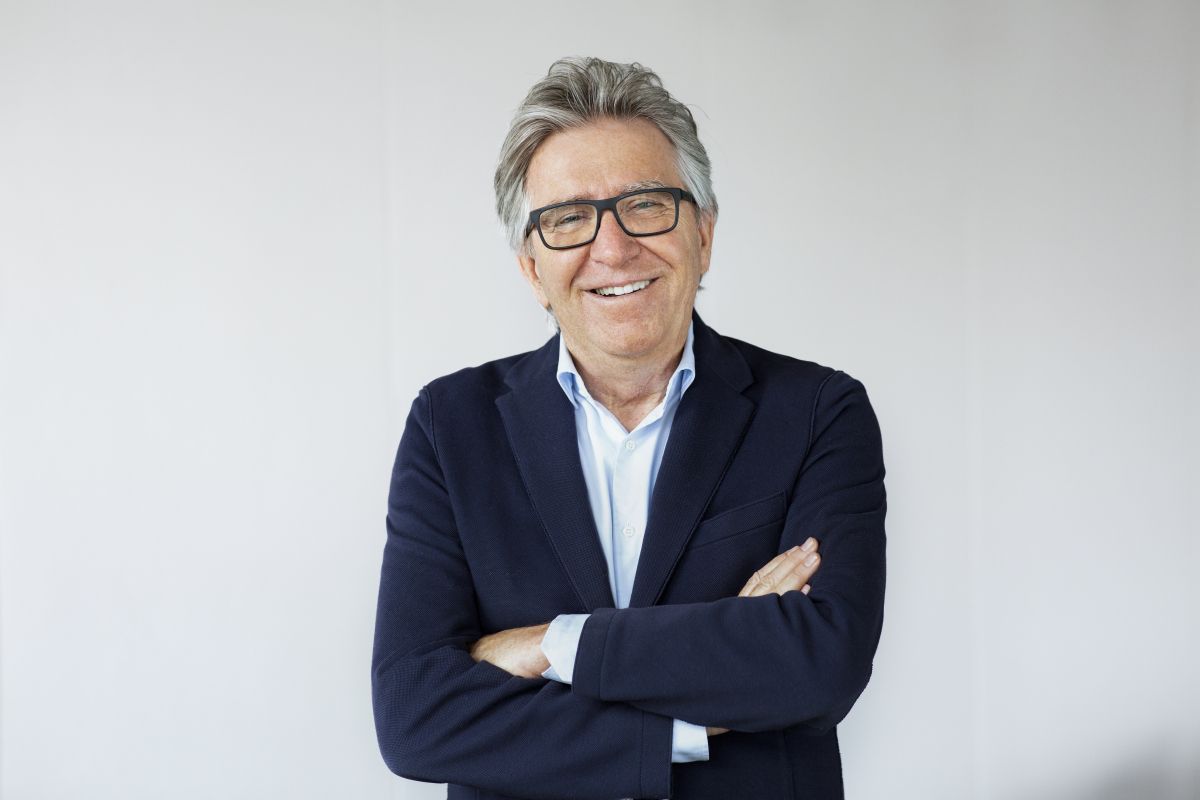
The late architect Claude Provencher was co-founder of one of Canada’s most significant architecture firms. He has long been recognized for the quality of his realized projects, as well as for his profound sense of commitment. Considered among the trailblazers of the new urban architecture movement of the late 1970s in Canada, he enriched Quebec’s built urban heritage with many major projects.
Born in Plessisville, a rural community near Trois-Rivières, Provencher graduated from the Université de Montréal in 1974 and began working with Papineau, Gérin-Lajoie, Leblanc Architectes, where he met Michel Roy. In 1983, the two co-founded Montréal-based firm Provencher_Roy. Throughout his career, Provencher approached his adoptive city, Montréal, with a sharp eye. This metropolis, with its distinct seasons and ever-changing St. Lawrence River backdrop, remained an inspiration throughout his career.
Provencher distinguished himself early on through his avant-garde proposals. He would self-initiate projects, then persuade funders and clients to join him in his pursuits. For instance, in the late 1980s, he began reflecting on the fate of an abandoned block occupying a strategic site in Old Montréal, imagining how the existing alley could be transformed into a long, linear court, with heritage buildings to its two sides and a skylight overtop. The idea of revitalizing the site in this way eventually came to fruition, with the opening of the unifying World Trade Centre Montréal in 1992.
Architect Norm Glouberman, a close collaborator since that time, remembers that for Claude, “Good architecture was not simply creating designs that would get published in magazines, but ones that fully met all project requirements. At times, this strong commitment was at odds with clients or authorities, but his passion, persistence, and collaborative approach—backed up by credible arguments—usually overcame any objections.”
The World Trade Centre became a major milestone in the development of the neighbourhood that is today known as the Quartier international de Montréal. As the area’s first sizeable rehabilitation of a set of historic buildings, it became among the city’s most important projects of the 1990s. Because of the multitude of programs and services contained in the “horizontal skyscraper” form, it also contributed to reviving business life in the district.
“Claude and I shared the idea of using the architectural cause as a vehicle for offering citizens a better environment,” writes Georges Adamczyk, professor at the Université de Montréal’s school of architecture. “Claude Provencher’s obsession with interior public spaces (atriums, passages and holistic spaces) in his projects has often been noticed, which brings to mind the allegory of the ‘good architect,’ represented in artist Philibert de l’Orme’s wood block print. Faithful to his friendships, faithful to the architectural cause, and faithful to the public: a simple definition of a ‘good architect’ in the 21st century.”
In each of his projects, Provencher positioned users at the heart of the work, making sketches filled with people, and favouring spaces conducive to spontaneous meetings, connections, and exchanges. Rather than adhering to a particular style, his architectural language was lively and nuanced, responding to the contemporary concerns of a cosmopolitan city.
Provencher’s interventions at the Montréal Museum of Fine Arts (MMFA) over a period of 30 years are another key example of his visionary approach. In the late 1980s, Provencher dissuaded the Museum from building an annex across town in Old Montréal. Instead, guided by Provencher’s advice, they decided to consolidate the intended expansions in the museum’s original setting along Sherbrooke Street, using an underground concourse to connect between pavilions.
In 2008, his practice was awarded the mandate to design the museum’s new six-storey Claire and Marc Bougie Pavilion to house Quebec and Canadian art, and to rehabilitate the Erskine Church as a multi-functional theatre and concert hall. At the forefront of the design was the desire to integrate the new building into its existing urban context, and to ensure continuity and fluidity between the various pavilions located on both sides of busy Sherbrooke Street. The expanded underground passage connecting the museum complex was designed to transcend its role of functional link, becoming a museum element in its own right: broad, well-lit, and with room to host exhibitions, allowing visitors an uninterrupted experience of art. At street level, Claude continued the theme of fluidity by opening the museum onto the street, maximizing inclusion and accessibility. A sculpture garden anchors the cultural center in public space and opens it on to the neighbourhood. In the summer, the Avenue du Musée becomes a lively pedestrian zone and outdoor gallery for temporary installations and events, infusing the space with a renewed public vocation.
Committed to environmental responsibility in the urban context, in 2014, Claude Provencher collaborated on the Master Plan for Technopôle Angus, aiming to attain the highest possible sustainable development standards in the revitalization of this large tract in East Montréal. “The development of Phase 2 of the Technopôle Angus project in Montréal emerged from a common vision shared by Claude and myself: to create a unique mixed-use living space favouring connections with the surrounding community,” says Christian Yaccarini, President and CEO of the Société de développement Angus. “The mandate was developed to support the construction of ecological buildings, the creation of quality employment, the development of a social economy, and accessibility to property and housing at an affordable cost. As a project that has received numerous awards and obtained LEED ND Platinum certification, today, Technopôle Angus Phase 2 is cited as a reference for responsible development in various political, academic, and socio-economic spheres.”
Provencher_Roy continues to take a holistic approach to sustainable development, conceiving projects that minimize environmental impact, reinforce local economies, enrich communities, and maximize the value of existing infrastructure.
Claude Provencher was a committed professional, but also an engaged citizen and philanthropist in Montréal, Quebec, and Canada. He was an active member of various professional associations, including being named a Fellow of the Royal Architectural Institute of Canada in 2000 for his exemplary contributions to the profession, Member of the Royal Canadian Academy of Arts in 2014 for his community leadership role, and Knight of the Ordre national du Québec in 2021 for his profound sense of commitment, ambition, and passion for his work.
In addition, Provencher served as Vice President of the Urban Planning, Design, and Real Estate Development Advisory Committee of the National Capital Commission in Ottawa (1999 to 2011), Curator and Member of the Board of Directors of the Commission des biens culturels du Québec (2008 to 2022), and Member of the Board of Directors of the Canadian Arts Conference of Heritage Montréal. His long-term contributions to architectural development were felt throughout the country, through the advice he provided to major players in his field on significant projects. His involvement on expert committees enabled him to assist with shaping the architecture of tomorrow, while conveying the importance of his art form in the daily lives of his contemporaries.
The practice Provencher co-founded lives on today, thanks to a new generation of partners who share his commitment and values.




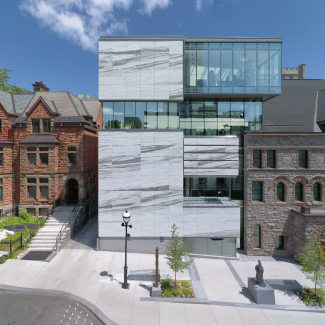
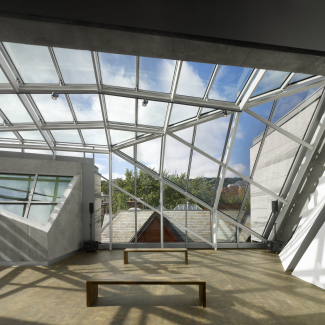
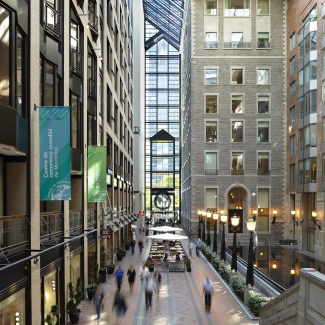
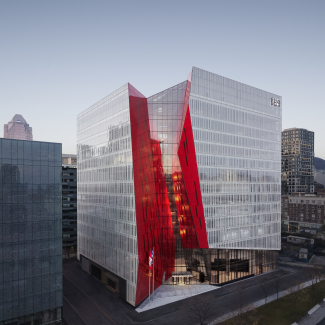
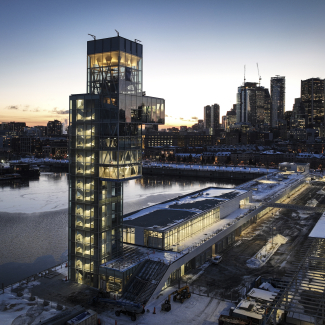
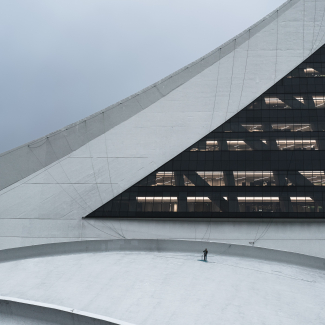
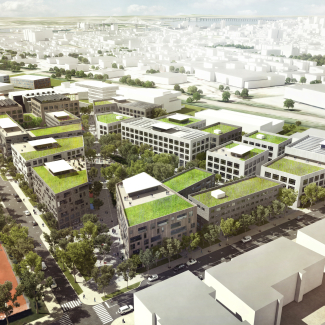

A pioneer in Canada of modern urban architecture, the late Claude Provencher contributed not only to the physical environments of his beloved home city of Montreal, but also to the idea of what a city could and should be. With a multidisciplinary approach to project work, Provencher is known for his ambitious pursuit of large-scale projects that combine architectural innovation with a sensitivity to site. His community-mindedness infused his work, and his generosity of spirit was reflected in both his thoughtful, often lyrical designs and his open-hearted support of generations of students and young practitioners.
In parallel to Provencher’s exemplary professional practice, which he developed over more than forty years, he demonstrated an exceptional level of service to the architectural community and the Canadian architectural profession. Provencher’s promotion of the role of the architect and of the profession in a time of tremendous change, along with the progressive positions he adopted regarding heritage, have fostered the contemporary practice of architecture in Quebec and Canada.
The jury recognises Provencher’s generousity and involvement with several important committees for the development of quality architecture, including in key roles with Heritage Montreal, the Canadian Conference for the Arts, and at several universities, where he put in place strategies for prioritizing architectural quality. The jury particularly appreciates his work with the Association des Architectes en pratique privée du Québec, the Conseil du patrimoine culturel du Québec, and the National Capital Commission’s Advisory Committee on Planning, Design and Realty.
Claude Provencher—architect, teacher, mentor, colleague—elevated the quality and awareness in architecture in Montreal, Quebec, and Canada. He demonstrated a lifelong commitment to building and for advocating for improvement in the conditions, recognition, and opportunities of the profession. His legacy of built work and advocacy will have a lasting impact on the profession of architecture in Canada.
2023 Annual Awards Jury